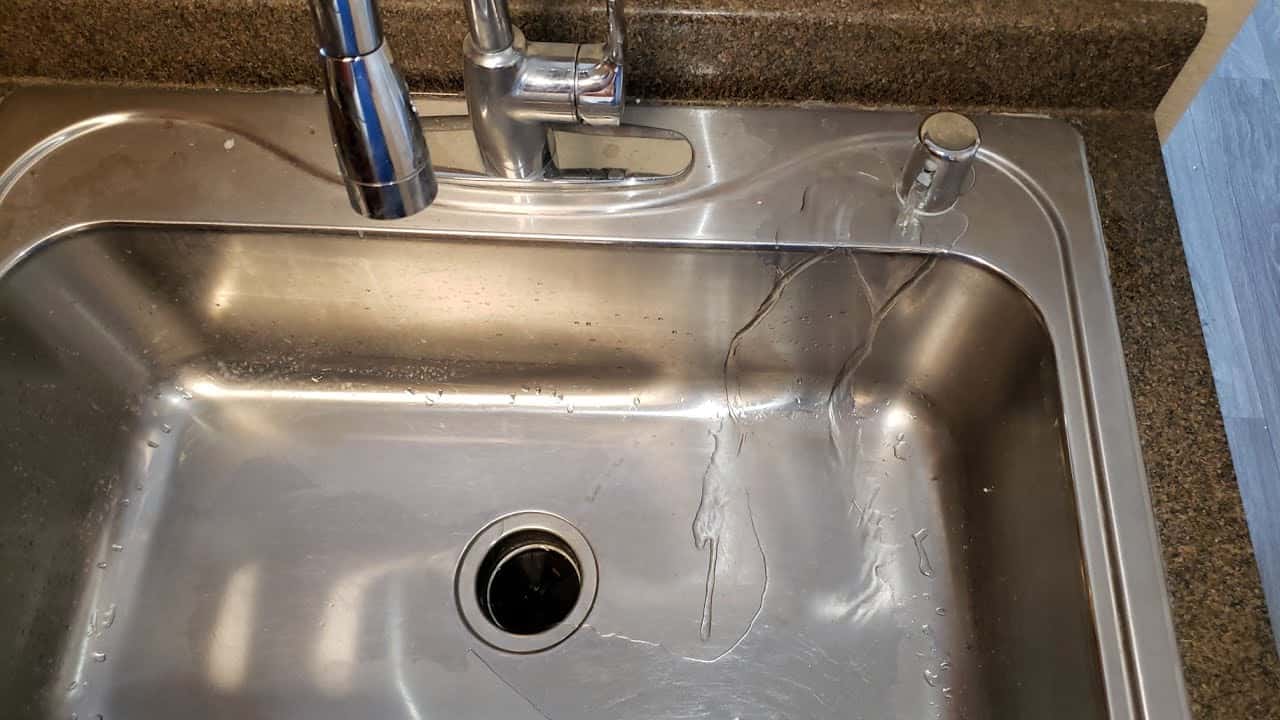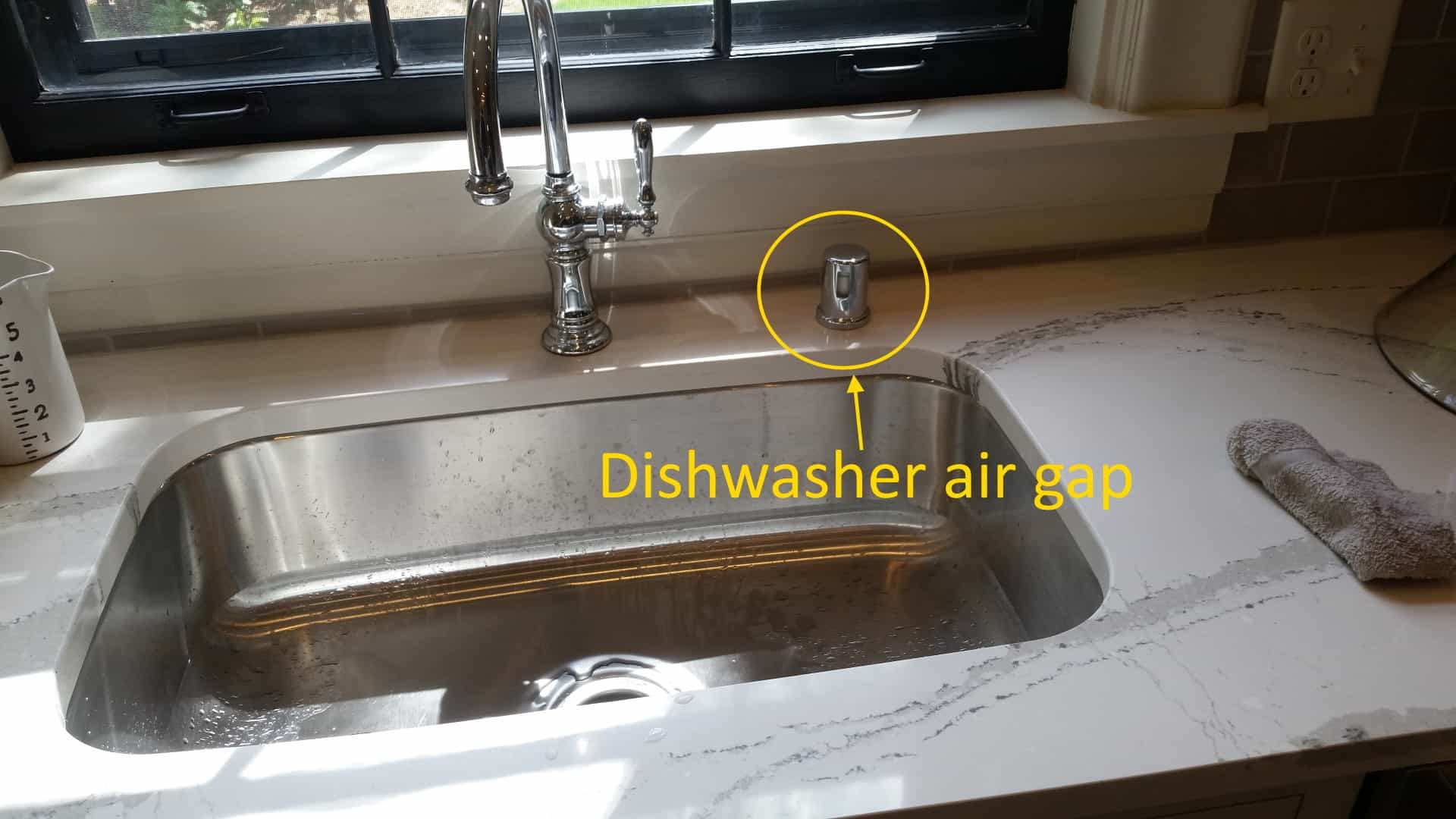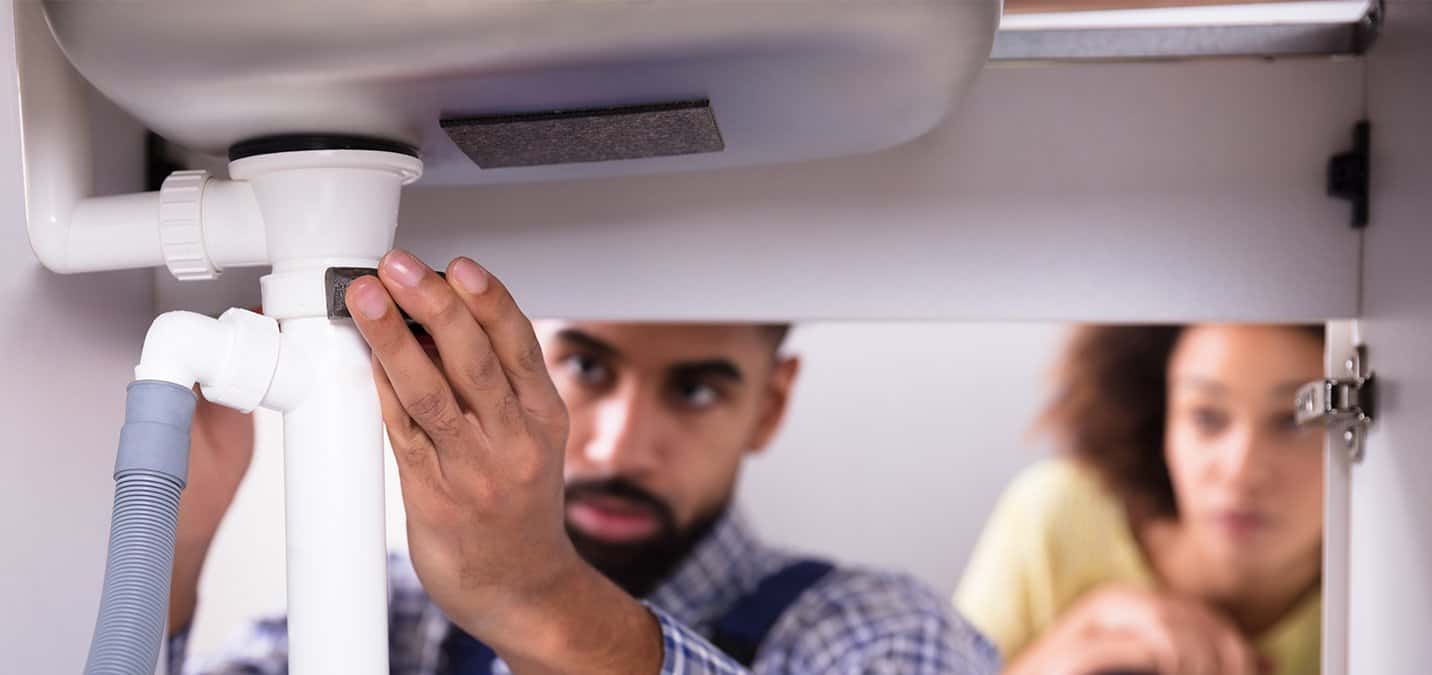Last Updated on July 18, 2021
The dishwasher is one of the most used appliances that you will find in most households. They are very useful and help you a lot in the cleaning process after cooking. They save your time and efforts.  You can use utensils that are dishwasher safe to be cleaned in a dishwasher. It helps to clean most of the cookware and dishes. It not only cleans the dishes but also keeps your family healthy. One of the ways that it aids in keeping the family healthy is by draining the wastewater away. This wastewater is drained by the air gap. The air gap must be working in proper condition. When your air gap starts leaking it can be a very bad sign for you and it can lead to germs and bacterial infections as it will certainly cause the wastewater to flow back into the dishwasher with all the bacteria and germs. When your air gap starts leaking you need to fix this thing up as quickly as possible as it would be very bad for the health of your family. Today I will discuss some of the ways to fix this Air gap leak. If you have faced or if you are facing a similar problem with your dishwasher then you need to read this post till the very end and I am sure you’ll be ready with the proper knowledge for tackling this issue.
You can use utensils that are dishwasher safe to be cleaned in a dishwasher. It helps to clean most of the cookware and dishes. It not only cleans the dishes but also keeps your family healthy. One of the ways that it aids in keeping the family healthy is by draining the wastewater away. This wastewater is drained by the air gap. The air gap must be working in proper condition. When your air gap starts leaking it can be a very bad sign for you and it can lead to germs and bacterial infections as it will certainly cause the wastewater to flow back into the dishwasher with all the bacteria and germs. When your air gap starts leaking you need to fix this thing up as quickly as possible as it would be very bad for the health of your family. Today I will discuss some of the ways to fix this Air gap leak. If you have faced or if you are facing a similar problem with your dishwasher then you need to read this post till the very end and I am sure you’ll be ready with the proper knowledge for tackling this issue.
How does the air gap work?
The air gap is installed through the sink or it can also be installed through the countertop. The base of this assembly has got two branches. They both have got different lengths of hose.  The first length is between the dishwasher and the air gap, the other length is between the air gap to the sink drain or in some cases the garbage disposal. These two are parted by the gap of air. Water from the dishwasher passes through the shaft to the air gap and falls through the second branch through the air gap, eventually drained. On the other side, a high loop does not have any sort of gap between the drain and the dishwasher. It has a single length of hose which is there from the dishwasher. Secured underneath the sink and fell into the drain or drainage at the maximum possible level. This causes every backflow to drive a long way to reach the dishwasher. The absence of physical isolation between washing machines and drains is unlikely to contribute to pollution. Let’s have a look at the problem and the ways to fix them.
The first length is between the dishwasher and the air gap, the other length is between the air gap to the sink drain or in some cases the garbage disposal. These two are parted by the gap of air. Water from the dishwasher passes through the shaft to the air gap and falls through the second branch through the air gap, eventually drained. On the other side, a high loop does not have any sort of gap between the drain and the dishwasher. It has a single length of hose which is there from the dishwasher. Secured underneath the sink and fell into the drain or drainage at the maximum possible level. This causes every backflow to drive a long way to reach the dishwasher. The absence of physical isolation between washing machines and drains is unlikely to contribute to pollution. Let’s have a look at the problem and the ways to fix them. 
Check the garbage disposal
If you have recently fitted garbage disposal and after this, your dishwasher has all of a sudden started backing up everywhere the problem here most likely is the small hose that connects to the garbage disposal. This insert is to be removed during the time of installation but sometimes it is not removed and as the water waste does not have any place to go it starts draining everywhere. All you need to do here is disconnect the hose first and then press a screwdriver against the insert. Now try tapping the end of your screwdriver using a hammer. You need to keep tapping until you see that the insert is pushed into the garbage disposal tank. Once you are done doing this the blockage is removed and your dishwasher will start working properly.
Clogs
One of the most common reasons where the air gap in the dishwasher starts leaking is a clog. In most circumstances, you can repair your dishwasher yourself. The first thing that you need to do is to remove the metal casing from the air gap and after that, you need to take off the plastic top. It depends on how your dishwasher is constructed. The plastic top might get unscrewed; it may lift off after pitching the sides. After you are done doing this you will have clear access to the air gap, you must check if there is any material that is clogging any part. You can remove these materials using tweezers.
Blow the clogs away
If you cannot see any sort of clog with your eyes then you must try blowing it away. All you need to do here is place a roll of paper towels on the air gaps and blow through the other end. Hopefully, a few effective blasts would break away any obstacle. Finally, fill the air gap with hot water to cure any gray particles. You can need to snake it out if you can’t get air circulation or if there’s already a blockage.
Snaking the clog out
It is a very simple step and it is similar to snaking other plumbing features. You can remove the clog from your air gap by simply putting a tool in the pipe. You need to use something capable of going inside and it isn’t too big. A long bottle brush can work effectively here. You need to push the tool that you are using through the bigger hole which is at the base of the air gap outlet. You need to move it back and forth. Make sure that you do not put a lot of pressure as it will damage the tube. Keep an eye on the drain in the sink or your garbage disposal. If you are able to see the end of the tool there then you have removed all the clog.
Vacuum the clog
You can also try vacuuming the clog if any of the above-mentioned doesn’t work or if you do not want to do that. Take your vacuum and put the hose end on the air gap outlet. You need to make sure that the switch here is turned to the suction. Now fill the sink or the disposal area using hot water. After you are done doing this you need to turn on the shop vac. The force that the vacuum will put during suction will help to remove or dislodge all the clog. It will only take around 30 to 40 seconds to do this. You can also buy a new dishwasher here, click to check the price https://www.amazon.com/Farberware-FDW05ASBWHA-Countertop-Dishwasher-Wash-White/dp/B07VR22832 https://www.amazon.com/Danby-DDW1804EBSS-Built-Dishwasher-Stainless/dp/B07JBV8WVY Conclusion Dishwashers are very useful as they take care of the cleanliness of your dishes and other utensils. They also take care of the health of your family. These were some of the ways you can try doing it if you are facing a problem of air gap leaks in your dishwasher. You must take good care of your dishwasher if you want it to run properly. Maintaining your appliance will add to its lifespan. I hope this article was informative and useful and now you can easily fix your dishwasher’s air gap leak.
- How to Prolong the Life of Your Kitchen Appliances - December 22, 2024
- How Long does Yogurt Take to Freeze - May 5, 2023
- Top 10 best restaurants in Montana - May 1, 2023
